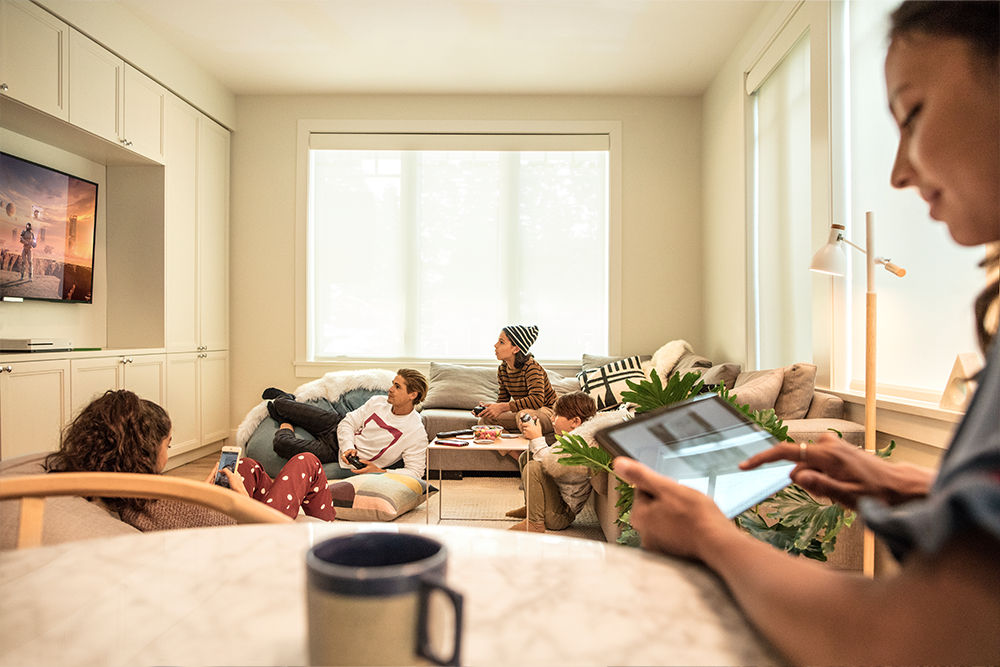Streaming Articles

How to Turn Your Smartphone into a TV Remote
Clear up coffee table clutter by consolidating your TV remote and smartphone.

Conecta dispositivos móviles a tu televisor para tener el mejor entretenimiento
Ve las diferentes opciones para conectar tus dispositivos a tu televisor.
YouTube TV Review: Why YouTube TV Is A Good Deal
Whether you want to watch TV on the go or you just really, finally, want to cut the cord, check out why YouTube TV may be right for you.

How to watch NHL® games this season
Learn more about the available sports packages and don’t miss a moment of the hockey action this season.

La mejor guía para regalar dispositivos para hacer streaming en TV
Échale un vistazo a estos increíbles regalos para hacer streaming en TV que ofrece Verizon.

What is the best order to watch the Marvel Studios films available on Disney+?
Here’s the best order to watch the Marvel Studios films available on Disney+ and how to watch them for the best experience.

How to stream movies on your TV
Learn how to stream your favorite movies and shows onto your TV.
7 Ways to Fix Video Buffering When Streaming
Keep your at-home internet speed super-fast with these ideas.

Thrive this back-to-school season with +play.
Take learning to a new level this year with some of our favorite platforms.

Stream these holiday movies on Disney+ and Hulu
Get your fix with your favorite holiday content to stream on Disney+ and Hulu.

Watch videos from your phone on your TV
3 quick and easy ways to connect your phone or tablet to the big screen.

Halloween movies to stream this season
From Disney+’s highly-anticipated Hocus Pocus 2 to scary new releases, these are the Halloween films to stream this season– even on the go.

Watch NFL Games on Your Smartphone with NFL Plus
Football is back, and we’ve got the scoop on watching NFL games on the go with NFL Plus.
The best bundle deals for subscription savings
Bundling has benefits, from saving to reducing your number of bills.

Sebastián Yatra AR/VR Concert Powered by Pandora and Verizon 5G
Powered by Pandora and Verizon’s 5G Ultra Wideband network, Sebastián Yatra performed an exclusive virtual concert with stunning AR/VR features.
How to stream music from your smartphone or tablet
Play music or jump on calls with the external speakers of your choice using Bluetooth accessories.